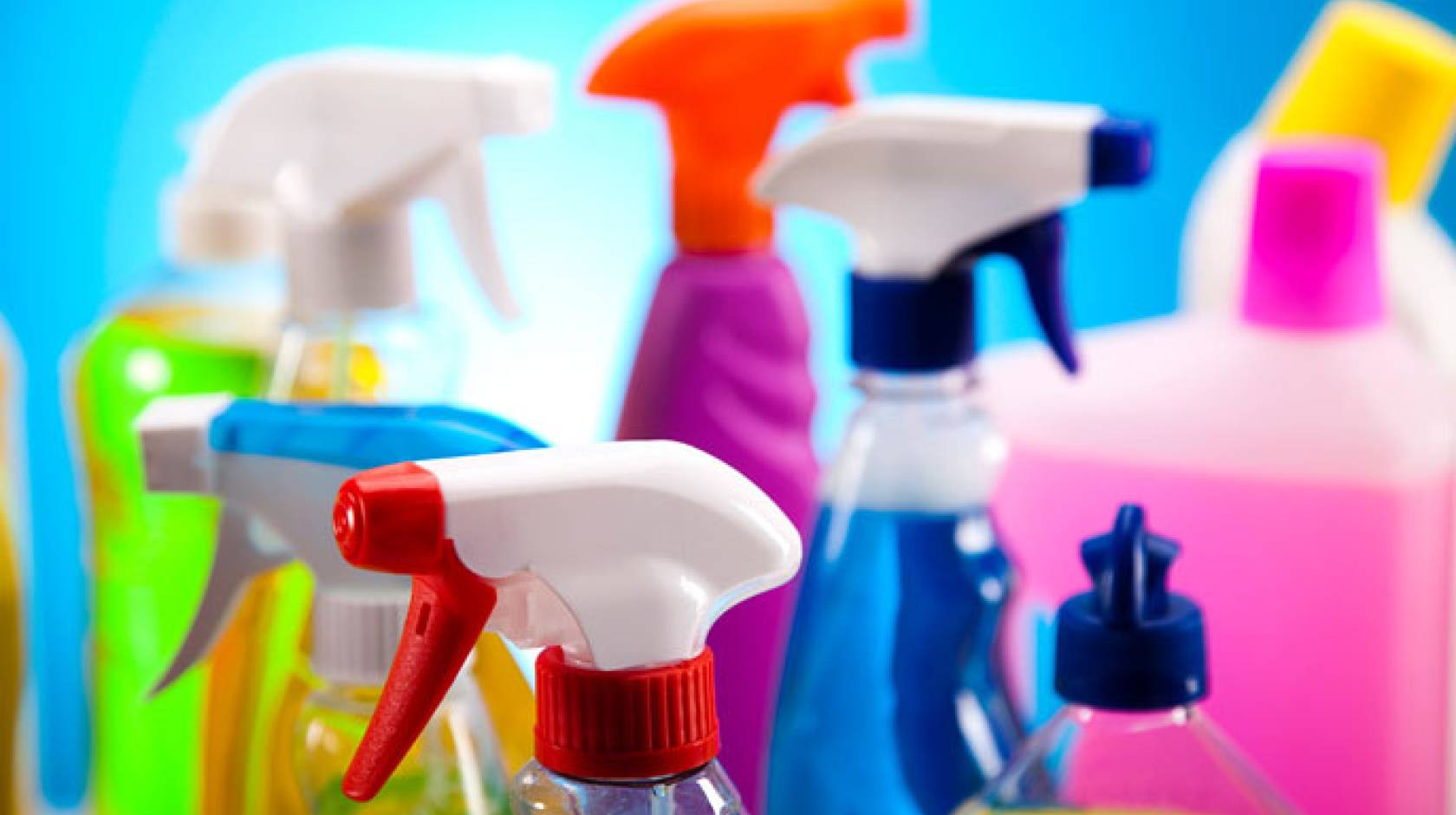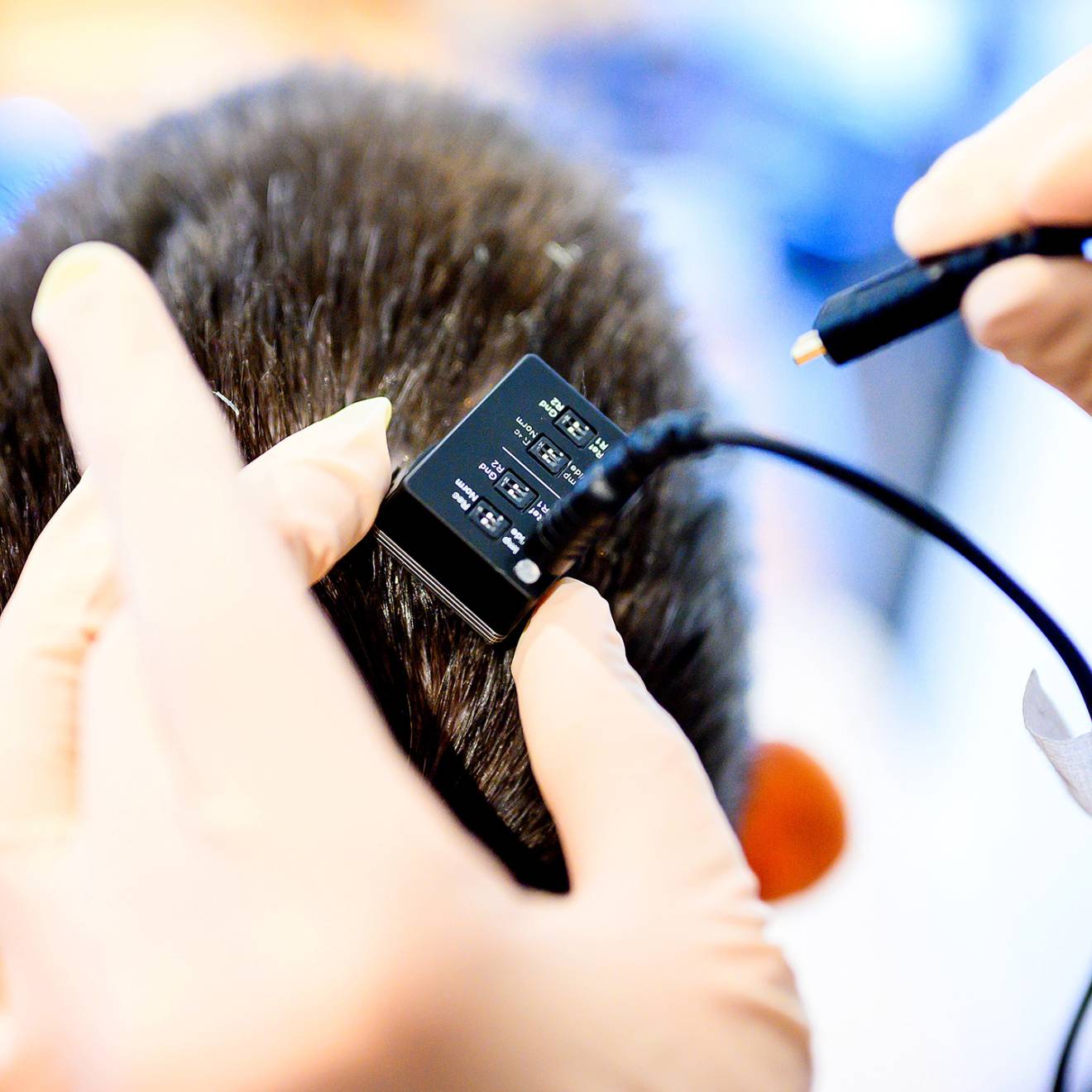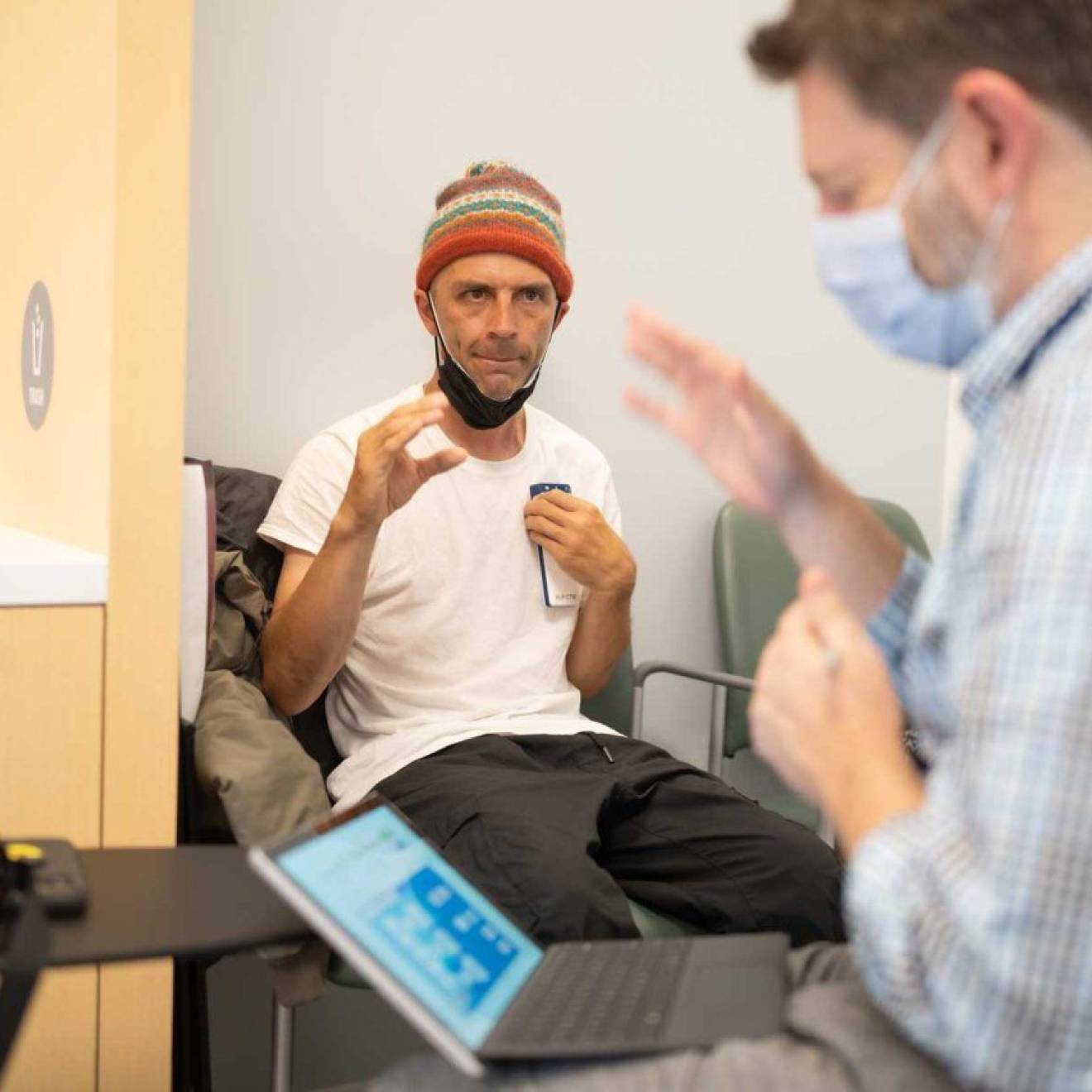Trina Wood, UC Davis

Keeping the house spotless is impossible with a dog, two cats, grass-clotted soccer cleats and mud-crusted work boots. So, I was thrilled to learn from some of our researchers at the veterinary school that a little dirt may be healthier than the slew of household cleaners my family uses on floors and countertops. In fact, some of those cleaning agents may be messing with our health and reproductive capabilities.
These quaternary ammonium compounds, or “quats,” are also found in toothpastes, mouthwashes, lozenges, nasal sprays, eye drops, shampoos, lotions and intravaginal spermicidal sponges, to name a few items in most people’s medicine cabinets.
"Disinfectants that we are putting on and in our bodies, and using in our environment, have been shown to inhibit mitochondrial energy production and the cellular estrogen response," says biochemist Gino Cortopassi in the UC Davis School of Veterinary Medicine and College of Biological Sciences.
“This raises concern because exposure to other mitochondrial-inhibiting drugs, such as rotenone and MPTP, is associated with increased risk for Parkinson’s disease,” he says.
Used as antiseptics and disinfectants since the 1940s
Quats have been widely used as topical antiseptics and disinfectants since the 1940s. Other antiseptic compounds, such as triclosan, have been withdrawn from the market after research in animal models showed that they may impair muscle function.
Some companies have been looking to replace triclosan with quats, Cortopassi says. The research shows that they may not be a safer alternative.
Quats derail energy in cells
UC Davis research published in Environmental Health Perspectives surveyed a collection of 1,600 compounds and drugs in household and pharmaceutical use, and found that quats as a class inhibited mitochondrial function and estrogen signaling.
Mitochondria are critical cell structures that generate energy. If they don’t work properly, they can’t deliver energy down the line for the cell to use.
“Because exposure to quats is also interrupting the sex hormone estrogen response in cells, it could also potentially cause reproductive harm in animals or humans, and others have shown that quats cause reproductive toxicity in animals,” Cortopassi says.
Quat exposure goes from cells to mammals
While the work at UC Davis has been conducted only in cells — not in mammals — a group of researchers at Virginia Tech accidently discovered a few years ago that quat exposure through a laboratory disinfectant caused reproductive toxicity and reduced fertility in mice. They also recently demonstrated a link between quats and neural tube birth defects in both mice and rats.
The recent UC Davis study in cells provides a mechanism for Virginia Tech’s observations in laboratory animals, says Sandipan Datta, a postdoctoral scholar in Cortopassi’s laboratory.
“They demonstrated that quat exposure caused reproductive toxicity in both females and males,” he says. “The anti-estrogenic effects we see in cells could explain the female reproductive toxicity they observed, such as less estrus cycles and lower breeding rates.”
Taking the research to the next level in animal models
Cortopassi believes it’s important for his team to take this research to the next level in animal models. Additional studies are needed to determine how these chemicals may accumulate in tissues with regular use, and to understand if quat exposure affects health and disease in humans.
“The fact that six out of the 10 most potent mitochondrial inhibitors were quats shows that this class of chemicals likely affects living systems,” says Terry Hrubec, associate professor at Edward Via College of Osteopathic Medicine-Virginia, and not a co-author on this study. “The results from this study are concerning because almost everyone is exposed to quats on a regular basis.”
Trina Wood is the UC Davis School of Veterinary Medicine’s communications “Jill of All Trades,” a lover of animals who tells multimedia stories.

